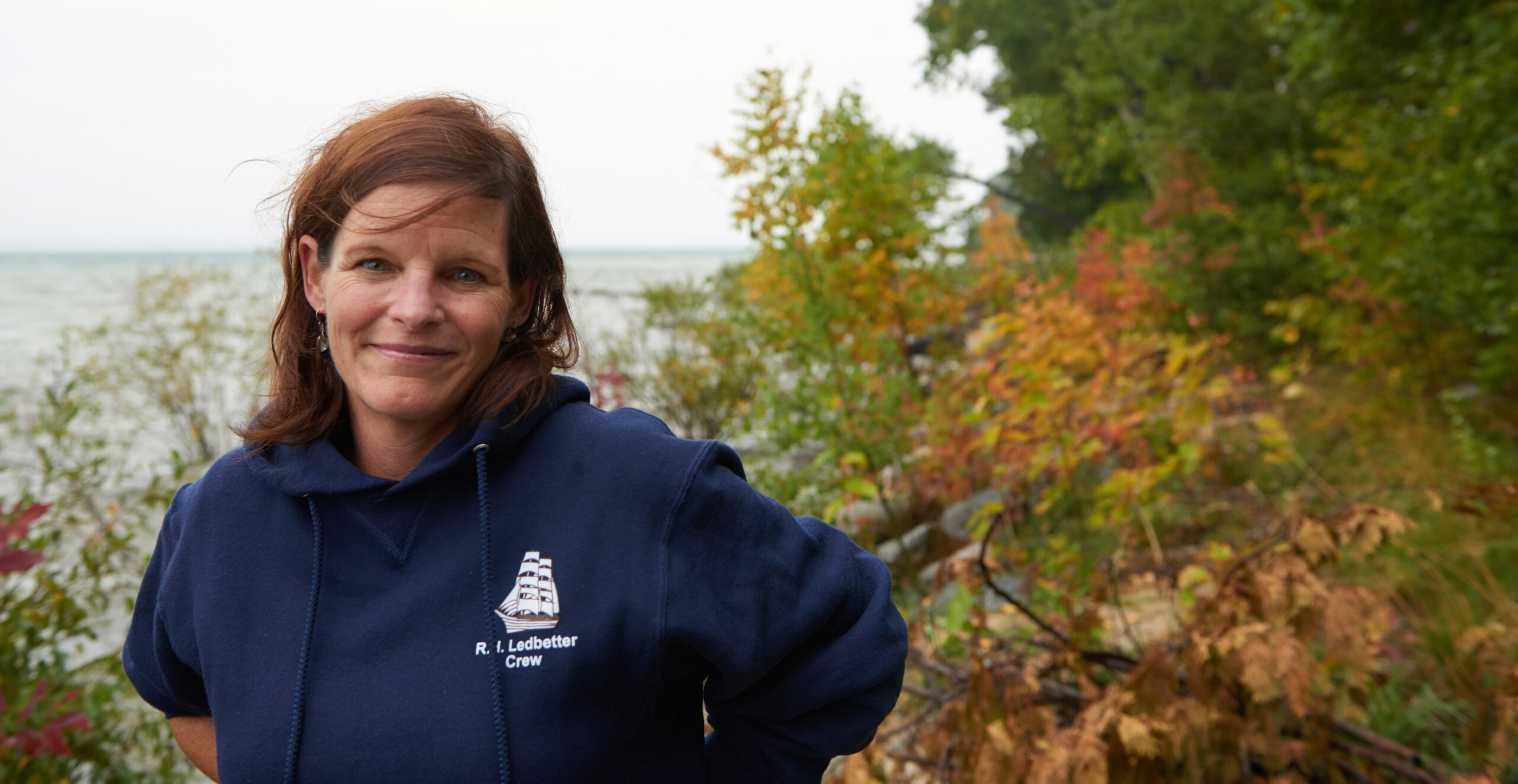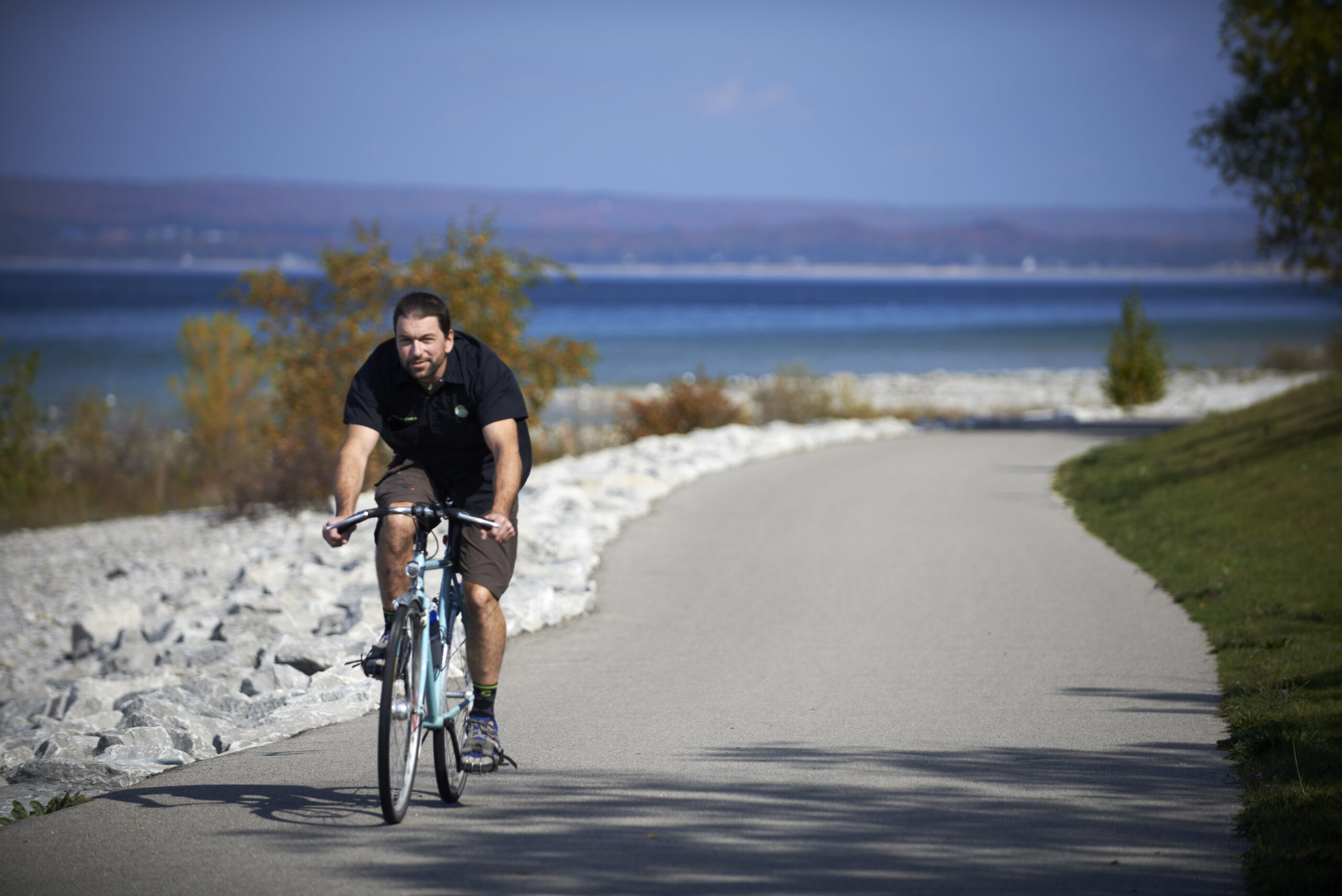You can’t go far in Michigan without crossing a stream, following a river or spotting the sparkle of an inland lake. In a region that contains more than 20% of the world’s fresh surface water, it’s easy to take for granted all that glorious water. Yet, because of human intervention, the quality of Michigan’s waters has diminished considerably in the past 200 years, and everything from tourism and the fishing industry to property values and our health is feeling the impact.
Tip of the Mitt Watershed Council was founded 35 years ago to generate awareness of water quality issues. It works in partnership with individuals and groups to repair and protect more than 2,500 miles of rivers and streams, 339,000 acres of wetlands and 1,800 lakes in Antrim, Charlevoix, Cheboygan, and Emmet Counties.
“We begin by identifying the boundaries and all aspects of a watershed,” says Tip of the Mitt executive director Gail Gruenwald. “Then we determine sources of pollution. Sometimes the problems are big and complex. Seemingly small sources, such as fertilizer runoff from lawns and farms, and septic tanks that aren’t properly maintained, can have huge impacts. We gather the science, and it underpins all we do.”
The next step is to develop a watershed management plan with a ten-year rollout. Protecting and improving water quality requires careful management of the land around the water – a difficult task when watersheds intersect multiple local, state and international boundaries. So Tip of the Mitt Watershed Council brings together dozens of stakeholders including individuals, non-profits, businesses, funders and government groups to create a comprehensive plan.
“We work collaboratively at all levels to repair existing problems and prevent further issues,” says Gail. “The plans succeed because they cover all the bases – addressing individual responsibility, engaging the community, establishing outreach and education, and advocating for policies at the local, state and national level. At the end of ten years, we start the process over to develop a new 10-year plan that builds on past success and will continue to protect our diverse and irreplaceable fresh water resources.”


